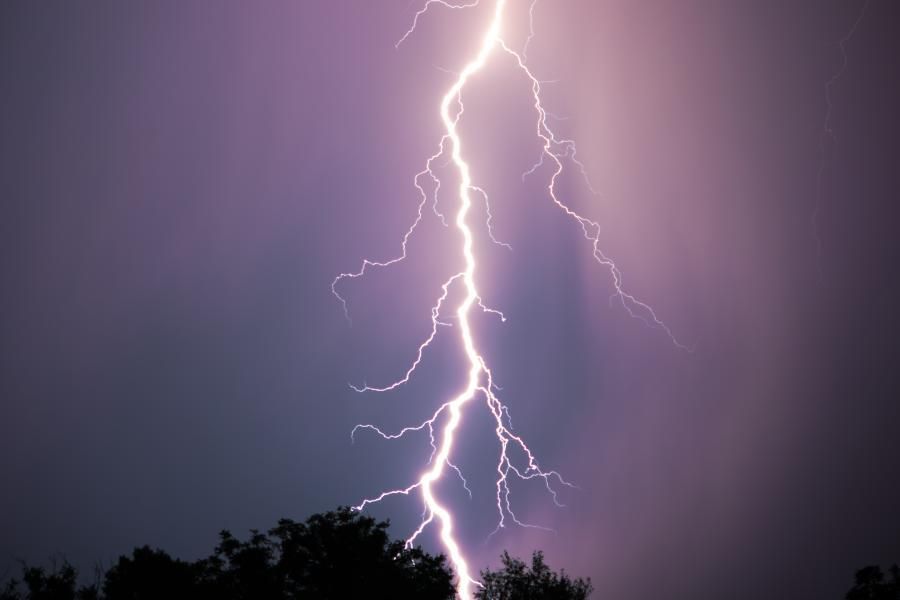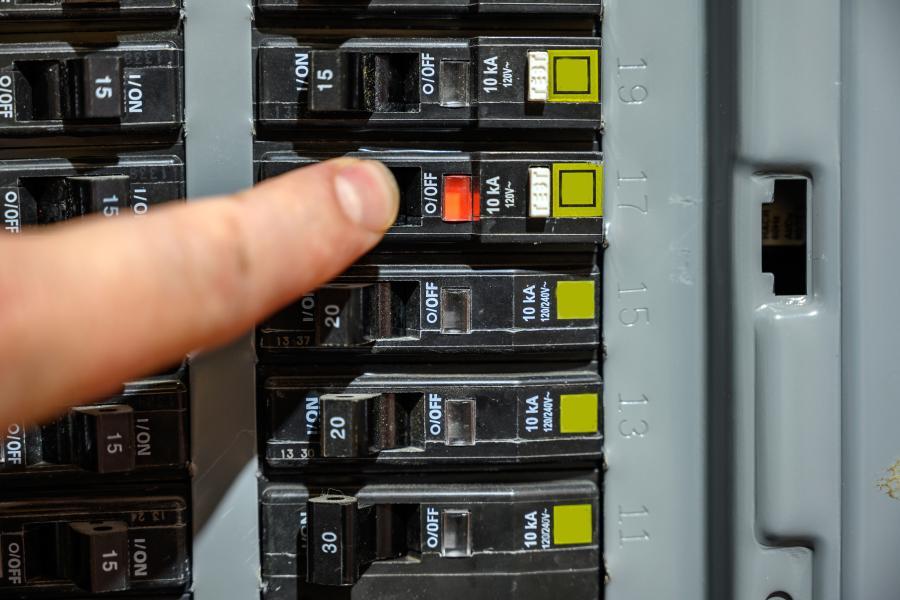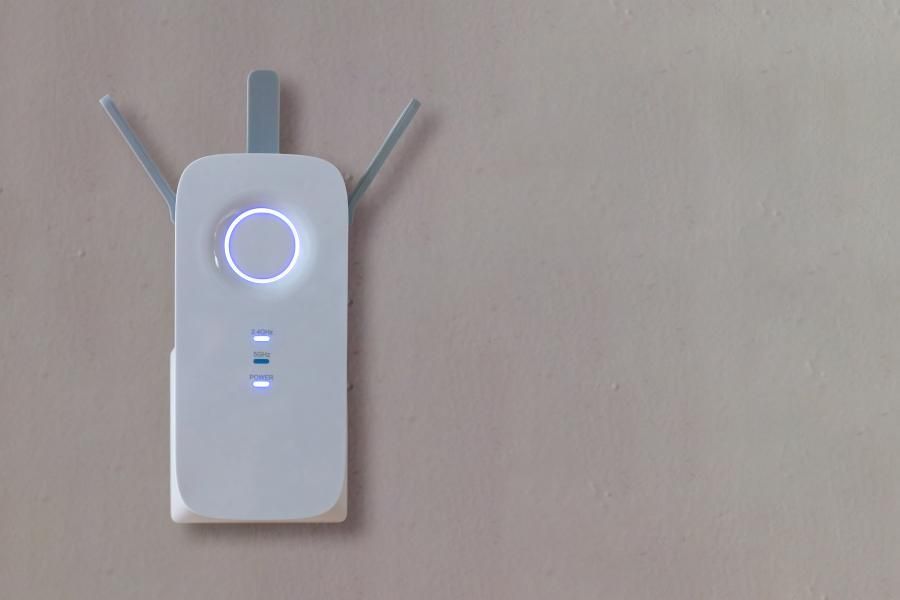
Staying Safe During Thunderstorms
Thunderstorm season is upon us, and it is important you follow these guidelines to keep you and your family safe.
Lightning Safety
Lightning can travel from outside your home to inside your home, and to you through materials that conduct electricity, including electrical wiring, phone lines, water, and plumbing. These safety guidelines will help minimize your lightning risk:
When you first hear thunder, it's time to take precautionary measures indoors.
If you're inside and you see lightning or hear thunder, it's time to take precautions. Continue your indoor safety precautions for 30 minutes after you see the last lightning or hear the last sound of thunder.
Never touch wiring during a thunderstorm.
If thunderstorms are close, its already too late to unplug your electronics. If you can count 30 seconds or less from when you see lightning to when you hear thunder, you missed your chance to unplug your home electronics. If you're in the lightning danger zone, you should never touch any wiring, even just to unplug your home electronics!
Avoid using phones and only use cell phones or cordless phones.
If you need to use the phone, corded house phones are dangerous during thunderstorms. Lightning traveling through the telephone wires has killed people. Cell phone and cordless phones are a safer choice, but stand away from the cordless phone's power base. Be sure to keep your cordless and cell phones charged; cordless phones will not work if your power goes out.
Wait to use any plumbing.
Sinks, showers, tubs, and toilets can conduct electricity from lightning strikes from outside your home and can reach you.
Stop playing video games connected to your TV.
Electronic equipment with handsets, joysticks, and headsets connected by wiring to your TV, computer, or stereo are dangerous during thunderstorms. Stop playing-and stop your children from playing-video games connected to TV during thunderstorms. The wiring creates a path for lightning to reach you from outside your home. While it seems like the best way to pass time during a storm, the risk of lightning strike is very real and not worth the danger to you or your child.
Stay away from windows.
Metal window frames can conduct electricity. Window panes can break from acoustic shock of thunder, wind-blown objects, or large-size hail. Your safest bet during a storm is to stay away from windows and glass doors.
Keep flashlights, battery-operated lights and radios ready for use.
If your power goes out, use flashlights or battery-operated lights instead of candles. Candles are a fire hazard. Have a battery-powered radio available for updated weather conditions and during the stormy season, make sure these items are ready to use at all times.
Outdoor Safety
No place outside is 100% safe from lightning during a thunderstorm. However, there are some precautions you can take to minimize your risk.
There is no reason to be caught off guard by a thunderstorm.
The best way to avoid lightning is not put yourself, family, and friends in danger in the first place. No one should be caught "off guard" by thunderstorms. Pay attention to weather reports and plan your outdoor activities accordingly.
Outdoor sports and thunderstorms are a deadly combination.
Lightning in open fields kills more people than any other outdoor area. Outdoor sports activities on large open fields like soccer, golf, baseball, and softball usually peak during thunderstorm season in most states. Players, coaches, and staff often push their luck when thunderstorms threaten their safety, hoping to get one more hole in, one more kick off, or one more batter up, ignoring the deadly consequences.
Know the lightning safety-warning program at your outdoor sports facility.
Outdoor recreation facilities, such as golf courses or baseball fields, should have a formal lightning warning policy that meets these two basic requirements:
-
Lightning danger warnings can be issued in time for everyone to get to a safe shelter.
-
There is access to adequate safe shelter-such as a clubhouse or locker room.
Watch for thunderstorms and use the 30/30 rule.
During thunderstorms, no place outside is safe. But lightning safety experts agree that you can minimize your risk if you are stuck outside when thunderstorms develop or approach by following these steps:
-
Designate someone from your group to be the storm watcher.
-
Use the 30/30 rule:
-
When you see lightning, count the seconds until you hear thunder.
-
If this time is 30 seconds or less, quickly go inside a substantial building. If such a building is not available, a metal-topped vehicle is the next best choice.
-
Wait at least 30 minutes after seeing the last lightning or hearing the last thunder before going back outside.
-
If someone is struck by lightning
Call 9-1-1 or the emergency service agency in your area. If the victim's heart stopped or they stopped breathing, immediately administer CPR.



